Search
Remove Ads
Advertisement
Summary 
Loading AI-generated summary based on World History Encyclopedia articles ...
Search Results
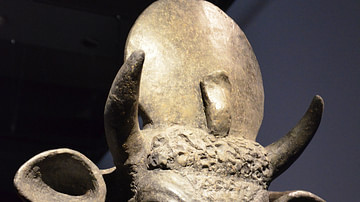
Definition
Apis
Apis was the most important and highly regarded bull deity of ancient Egypt. His original name in Egyptian was Api, Hapi, or Hep; Apis is the Greek name. He is not, however, associated with the god Hapi/Hep who was linked to the inundation...

Image
Apis
A granite statue of the Egyptian bull-god Apis. From Memphis, New Kingdom, 1550-1070 BCE. (Vatican Museums, Rome)
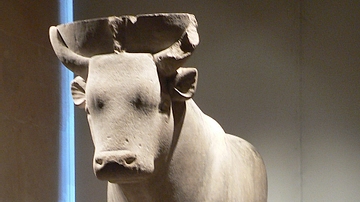
Image
Apis Bull, Saqqara Serapeum
A limestone Apis bull statue from the Serapeum at Saqqara, Egypt. 30th Dynasty. Height:
1.26 m. (Louvre Museum, Paris)

Image
Apis Bull
Life-size basalt statue of the Apis Bull dedicated by Hadrian to Serapis in Alexandria (Egypt), Osiris, Sunken Mysteries of Egypt exhibition, Paris (2015)
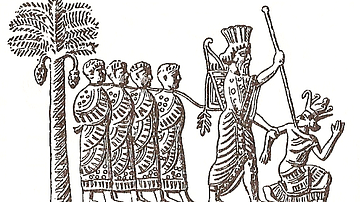
Definition
Cambyses II
Cambyses II (r. 530-522 BCE) was the second king of the Achaemenid Empire. The Greek historian Herodotus portrays Cambyses as a mad king who committed many acts of sacrilege during his stay in Egypt, including the slaying of the sacred Apis...
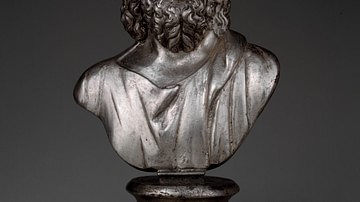
Definition
Serapis
Serapis is a Graeco-Egyptian god of the Ptolemaic Period (323-30 BCE) of Egypt developed by the monarch Ptolemy I Soter (r. 305-282 BCE) as part of his vision to unite his Egyptian and Greek subjects. Serapis’ cult later spread throughout...
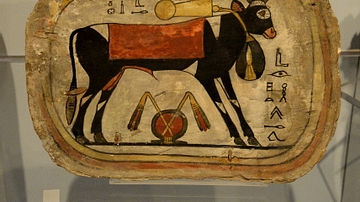
Image
Painted Coffin Footboard with Apis Bull
The Apis bull protected the dead on their way to the underworld. This explains its use as a design on coffin ends. Coffin footboard from Egypt, 8th to 4th century BCE. (National Museum of Scotland, Edinburgh, UK)
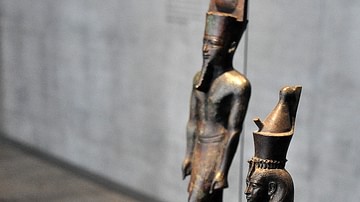
Article
Egyptian Gods - The Complete List
The gods and goddesses of Ancient Egypt were an integral part of the people's everyday lives for over 3,000 years. There were over 2,000 deities in the Egyptian pantheon, many whose names are well known - Isis, Osiris, Horus, Amun, Ra, Hathor...
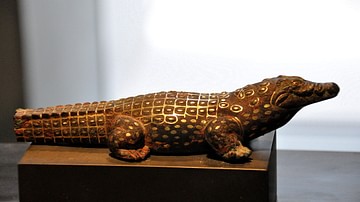
Article
Pets in Ancient Egypt
Pets were very important to the ancient Egyptians and considered gifts from the gods to be cared for until their death when they were expected to be returned to the divine realm from which they had come. In life, pets were well cared for...

Definition
Khaemweset
Khaemweset (also given as Khaemwaset, Khaemwise, Khaemuas, Setem Khaemwaset, c. 1281-c.1225 BCE) was the fourth son of Ramesses II (1279-1213 BCE) and his queen Isetnefret. He is the best known of Ramesses II's many children after the pharaoh...